Dracula Tour in Transylvania – 5 days
€910.00
Dracula Tour of Transylvania designed by Romania Tour Store, combines the main touristic sites of Romania with the bloody history of 15th century that was dominated by famous figures such as Vlad the Impaler aka Dracula. Visit Hunyadi Castle or the medieval citadel of Sighisoara.
Description
DRACULA TOUR IN TRANSYLVANIA – 5 DAYS
Tour highlights:
- Visit the royal court of Targoviste, the former capital of Wallachia.
- Climb to the ruins of Poienari Fortress, Dracula’s real castle.
- Visit Horezu Monastery UNESO site, one of the finest examples of Romanian architecture of 17 century.
- Visit the impressive Hinyadi`s Castle one of biggest medidieval castles in Romania.
- Stroll around the medieval streets of Sibiu, former capital of Transylvania.
- See one of the most important Saxon villages and fortified church in Transylvania at Biertan.
- Discover the birthplace of Vlad the Impaler in Sighișoara
- Visit the infamous Dracula`s Castle
- Admire the medieval architecture of Brasov Old Town.
- Find out the legends and myths about Dracula at Snagov Monastery
- Tour beautiful Sinaia Resort and the former royal residence of Peles Castle.
Day 1: Bucharest – Targoviste – Poienari Fortress – Horezu
From Bucharest we depart towards Targoviste, one of the most important cities in the history of Wallachia and strongly connected with Vlad the Impaler (Dracula) ruling in 15th century.
The core of the Princely Court of Targoviste, seat of the central administration of Wallachia and residence of the prince for almost a century and a half, is the palace built by Prince Vlad Dracul 1436-1447, after the western model, possibly inspired by the Nuerenberg Palace, where the prince was accepted, in 1431, in the Order of The Dragon, which will bring him the nickname ”Dracul”(Devil) for himself and for his son Vlad the Impaler.
Our next stop will be Poenari Fortress. Standing on a cliff but now in ruins – this is known as the Real Castle of Dracula (Vlad Tepes the Impaler). To get to the top you must climb up its 1480 steps (takes approx. 35 minutes). Entering through a narrow wooden bridge, you come across the crumbling remains of two towers within; the prism shaped one was Vlad`s ( Dracula`s) residential quarters. From here, according to the legend, Vlat the Impaler`s wife flung herself out the window, declaring that is better this way than be captured by the Turks, who were besieging the castle. Legend has it that Vlad himself escaped over the mountains on horseback.
Continue our route to Horezu Monastery – UNESCO site in Romania. Horezu Monastery was founded in 1690 by Prince Constantine Brancovanu, ruler of Walachia, and it`s known for its architectural purity and balance, the richness of its sculptural detail, the treatment of its religious compositions, its votive portraits and its painted decorative works. The school of mural and icon painting established at the monastery in the 18th century was famous throughout the Eastern Europe.
Overnight and dinner in Maldaresti Village in one its traditional romanian manor.
Day 2: Horezu – Hunyadi Castle – Sibiu
Horezu region is known for its superb ceramic motifs and cultural abundance. Here we can visit one of its many traditional romanian pottery workshops. The craft of making Horezu Pottery is transmitted through families, in workshops from master to apprentice, and at fairs and exhibitions.
From Horezu area we depart towards one of the best preserved medieval castles in Transylvania-Hunyadi Castle. To get here, we can take Transalpina Scenic Road, with dramatic landscapes and breatheaking views over the Carpathian Mountains.
Once we reach Hunedoara, we visit the famous Hunyadi Castle, the residence of the brave Transylvanian Governor – Iancu de Hunedoara. The castle built in 15th century is the biggest medieval castle in Romania and it’s also considered to be one of the most haunted places in the world.
Continue our Dracula Tour towards Sibiu. Sibiu is one of the most important fortified towns in Transylvania. The city is reminiscent of old European cities such as Nurnberg and it was founded in 1190 and grew to be the chief city of the Transylvanian Saxons. This amazing place, with the “Old Town” (The Big Square, the Small Square, the Ursuline Church, The Franciscan Church, The Staircase Tower, the Tanners Tower, the Liar’s Bridge , the House of the Butcher’s Guild and last but not least with the amazing Brukenthal Museum) is a gorgeous place to visit.
Overnigt in Sibiu in Ramada Hotel 4****
Day 3: Sibiu – Biertan – Sighisoara
Transfer to Sighisoara, with a stop in Biertan-UNESCO site in Romania, and one of the first German settlements in Transylvania. The fortified church of Biertan, surrounded by three rows of fortifications, was built by the German peasants in Transylvania and was used for nearly 300 years as the residence of the Transylvanian Archbishop. A room in the citadel was used for a long time as a reconciliation place for couples about to divorce (hear the full story on spot). The name “Biertan” was first attested in 1283.
Our next stop is Sighisoara medieval city and fortress. In 1431, in the house at Museum Square 6, within the shadow of the old town`s Clock Tower, a women whose name is lost to posterity gave birth to a son called Vlad, who in later life earned the title The Impaler, abroad better known as Dracula, derived from Dracul or “the Devil” referring to his father Vlad Dracul, whom the Holy Roman Emperor Sigismund of Hungary made a knight of the order of The Dragon in 1431. The Clock Tower, the Church on the Hill, the Scholars Stairs, The Monastery Church, the towers of the citadel (originally fourteen), The Shoemakers Town, the Tailors Tower, the Tinsmiths Tower are only a few of the marvels of this place called Sighisoara.
Overnight in Sighisoara in George Krauss Hotel 4****
Day 4: Sighisoara – Bran Castle – Brasov
Explore the medieval citadel of Sighisoara, also called “The Pearl of Transylvania” the old medieval city is included on UNESCO’s Word Heritage.
Along the medieval streets of Sighisoara, we visit the Clock Tower, dating from 14th century, the Venetian House, the Antlers House and Dracula’s house where Vlad Tepes was born in 1431 and lived with his father until 1435. We leave Sighisoara on route to Brasov area. The road will pass through beautiful German villages and one can admire their architecture and also a couple of citadels and churches which can be seen from the road as Crit, Saschiz, Rupea.
Next stop will be in Viscri Village, one of the famous tourist destination of Romania. It`s being like this sice Prince Charles of Wales had discovered this amazing location, a fairy tale from the forgotten medieval times. Continue our route to Bran and visit the famous Bran Castle for Dracula Castle Tour. The Bran Castle got its fame from Dracula`s legend written in 1897 by Bram Stoker and later on made into a film by Francis Ford Coppola. The first documents about the Bran Castle date back from 1377. Along the ages, the Castle had a strategic position being on the border between Transylvania and Wallachia. First it was under the rule of Sigismund of Luxemburg, then it was owned by the Romanian voivods Mircea cel Batran and Vlad Tepes and later on it came under the jurisdiction of the City of Brasov. In the 20th century the castle was donated to the Romanian royal family and became a royal summer residence. The castle museum preserves the furniture and objects from that period.
End the day in Brasov, with a short tour of the magic medieval center of Brasov (2 hours). The city of Brasov is one of the oldest in Europe, dating from 1235. During the Middle Ages, Brasov was known as a powerful fortress surrounded by high stone walls and defended by bulwarks, towers and other small fortresses. The buildings and the streets still preserve a medieval note. Council Square, Black Church, White and Black Towers, Weavers Bastion and Catherine`s Gate are the tour highlights.
Overnight in Brasov at Hotel Ammati or Bella Muzica 3***
Day 5: Brasov – Sinaia – Peles Castle – Snagov Monastery – Bucharest
Start your tour in Brasov with the Town Hall Square, where you can admire the colorful painted and ornate baroque structures. Visit the Black Church, the largest gothic church in Romania. Continue your visit and see Catherine`s Gate errected in 1559, the only original gate that still survives since medieval times. Visit The Weavers Bastion, the largest medieval bastion in Brasov and the best-preserved among the seven original watchtowers constructed around the city walls.
On your way to Bucharest we stop in Sinaia Mountain Resort where you will visit Peles Castle. The famous Peles Castle, a masterpiece of German New-Renaissance architecture, commissioned by King Carol I in 1873 and completed in 1883. Its 160 rooms are adorned with the finest examples of European art, Murano crystal chandeliers, German stained-glass windows, walls covered with Cordoba leather, Meissen and Sevres porcelains, ebony and ivory sculptures.
The trip continues to the Snagov Monastery, which is a very significant medieval monument, located on an island in the northern part of Snagov Lake outside Bucharest. Here, you will visit the alleged burial site of Vlad Tepes the Impaler (Dracula`s Toomb), the Voivod known as Dracula in international literature.
Inside the monastery we find the largest assembly of medieval frescoes from Wallachia, dating from the XVIth century. The monastery was built by Mircea the Elder (the grandfather of the famous Vlad the Impaler) who has also left us the first written reference of this church in 1408. For a long time in the Middle Ages, it was one of the strongest fortified churches and perhaps the richest in Wallachia. Snagov Monastery was also an important cultural center, and the place from which the first printing house in Wallachia was run. Snagov Monastery is one of the most popular tourist destinations especially for the foreign tourists coming to Bucharest. End of tourist services.
Bucharest – Targoviste- Poienari Fort- Horezu – Corvin Castle – Sibiu – Sighisioara – Brasov – Bucharest 1200km
Learn more about Dracula by reading pur Blog articles here:
Who was Vlad Tepes aka Dracula
From Vlad the Impaler to Prince Charles
Dracula’s Legacy – The Poienari Castle
Dracula: Hero or Villain ?
Related Tours
-
Day trip to Black Sea – 1 Day
1 Days €150.00Day trip to Black Sea shores is a private tour that give you the chance to discover Constanta harbor and city as well as Mamaia beach resort. In this relaxing day you can taste some of the famous Romanian wines exploring roman ruins or ancient Greek history.
-
Great experience
Transylvania Explorer Tour – 4 Days
Rated 4.33 out of 54 Days €730.00Transylvania Explorer Tour invites you to experience the history, the myth, the intrigue of this wonderful realm. Our definition of “private tour” means your tour, where all services are provided by your very own personal tour guide driving, with a private, exclusively for your party – nobody else.
-
Private tour
Two famous castles – Private tour
Rated 5.00 out of 51 Days €175.00Two famous castles-Private tour from Bucharest, will give you the chance to visit Peles Castle and Dracula`s Castle, but also the medieval Old Town of Brasov, located in Transylvania at the foothills of Carpathians. We organize Dracula Castle Tour.



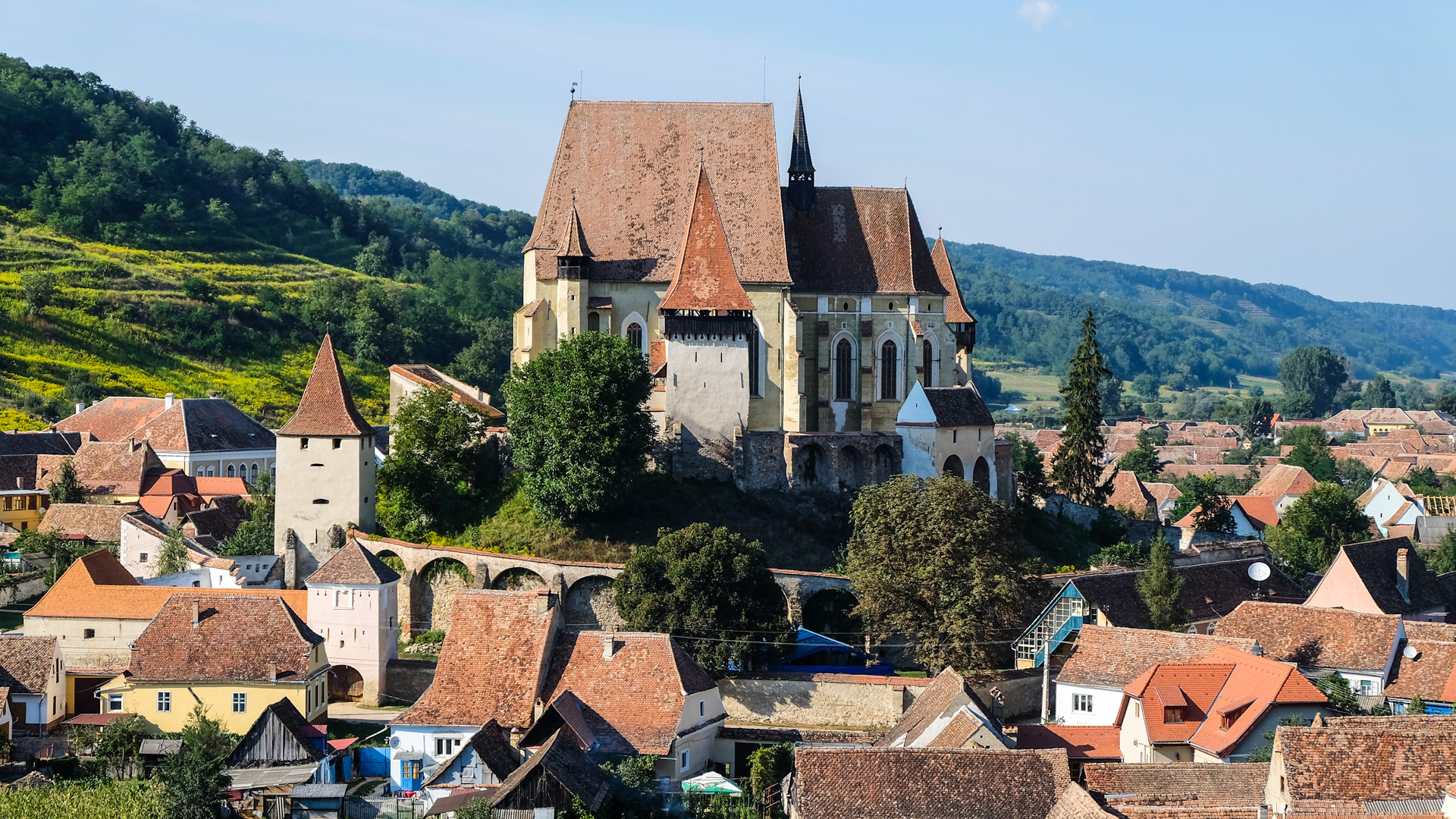
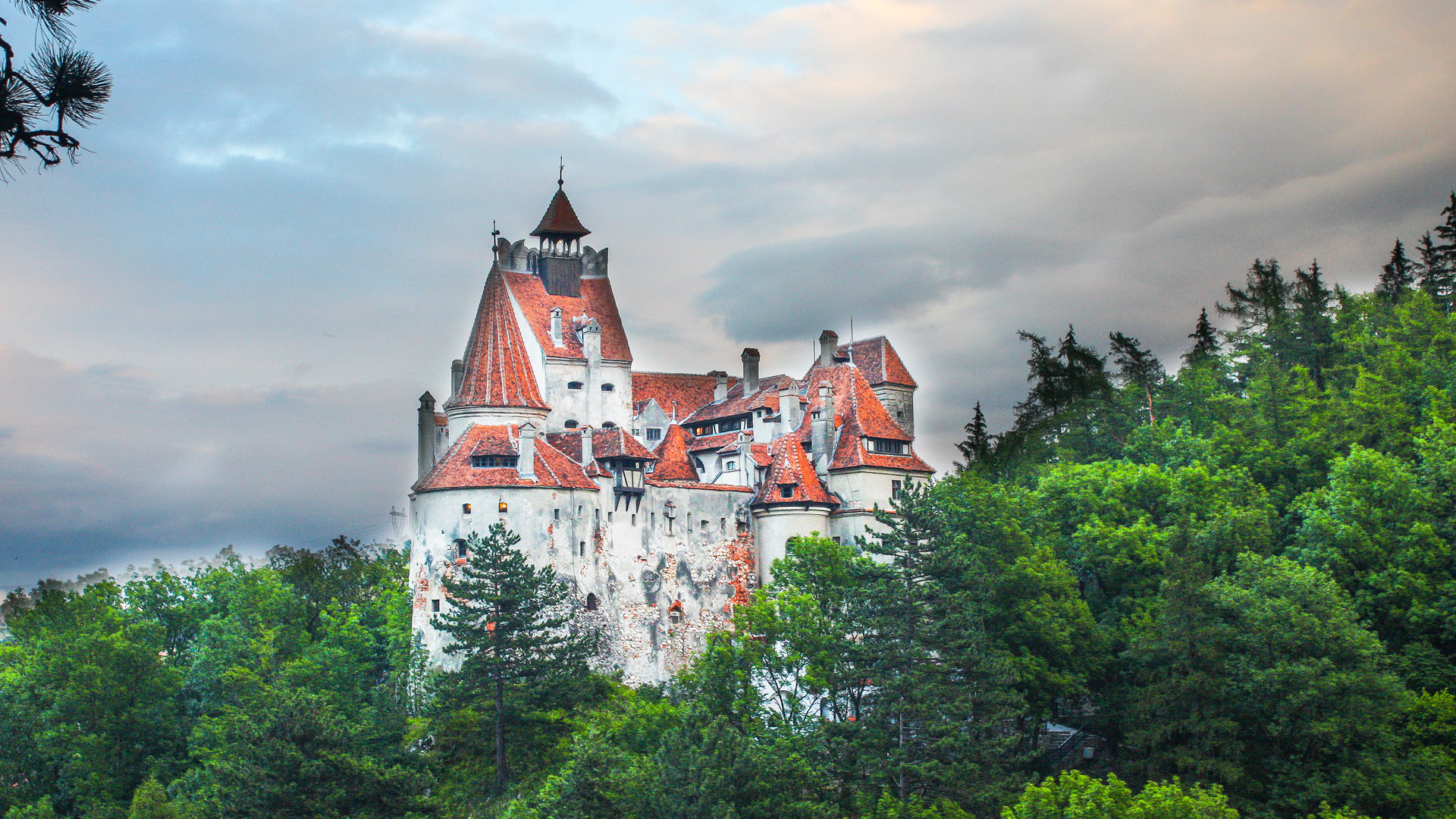

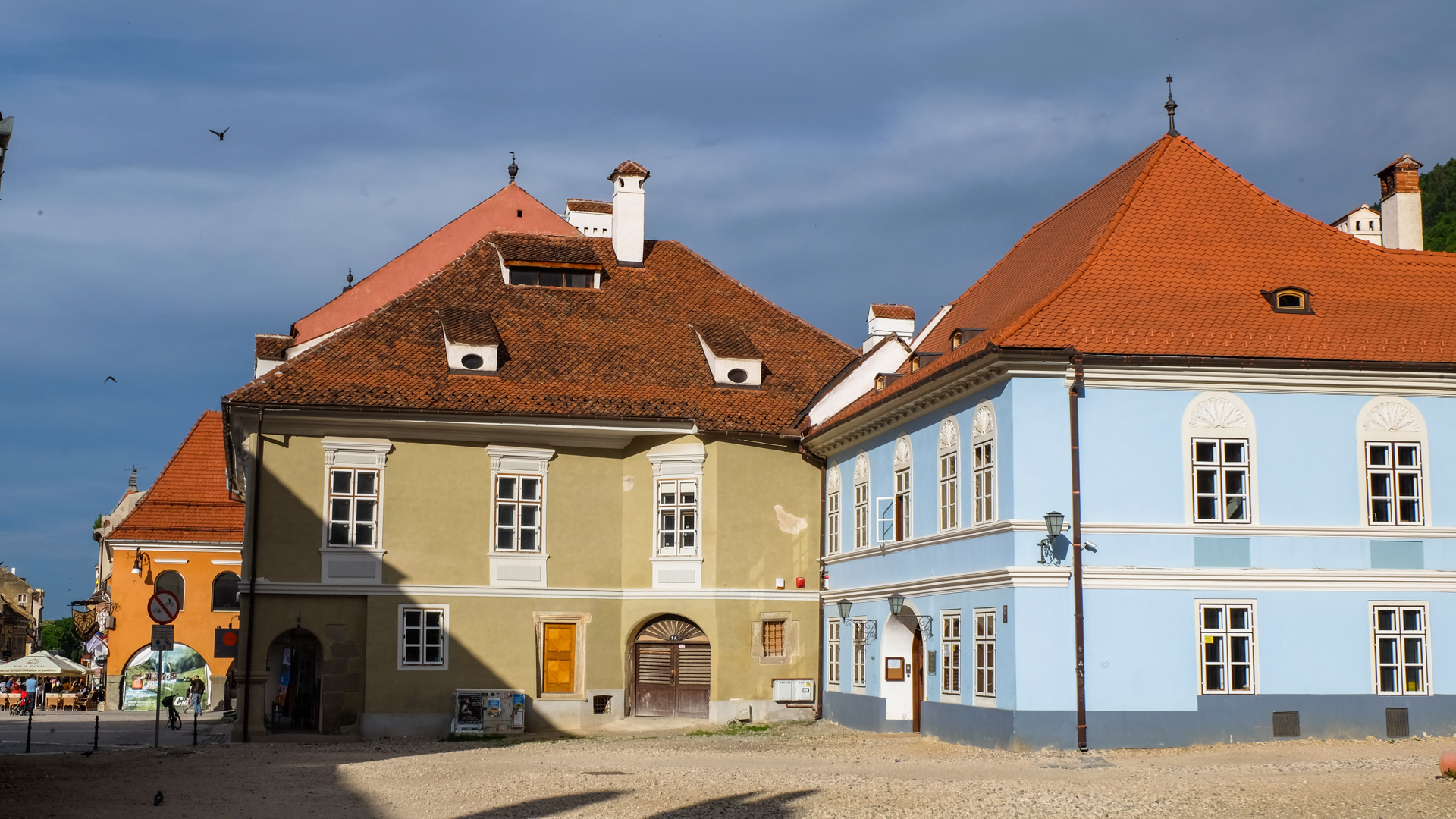

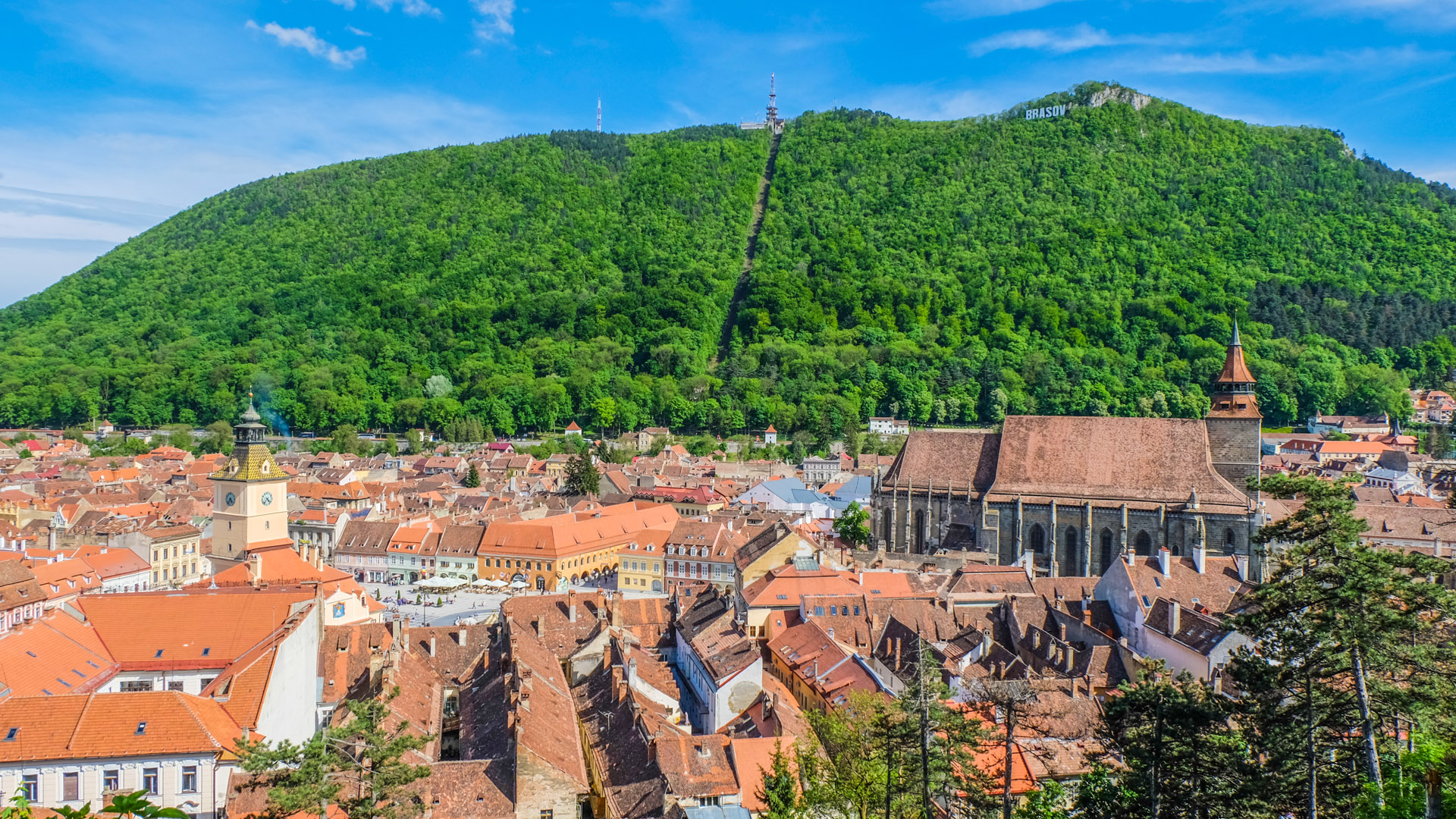
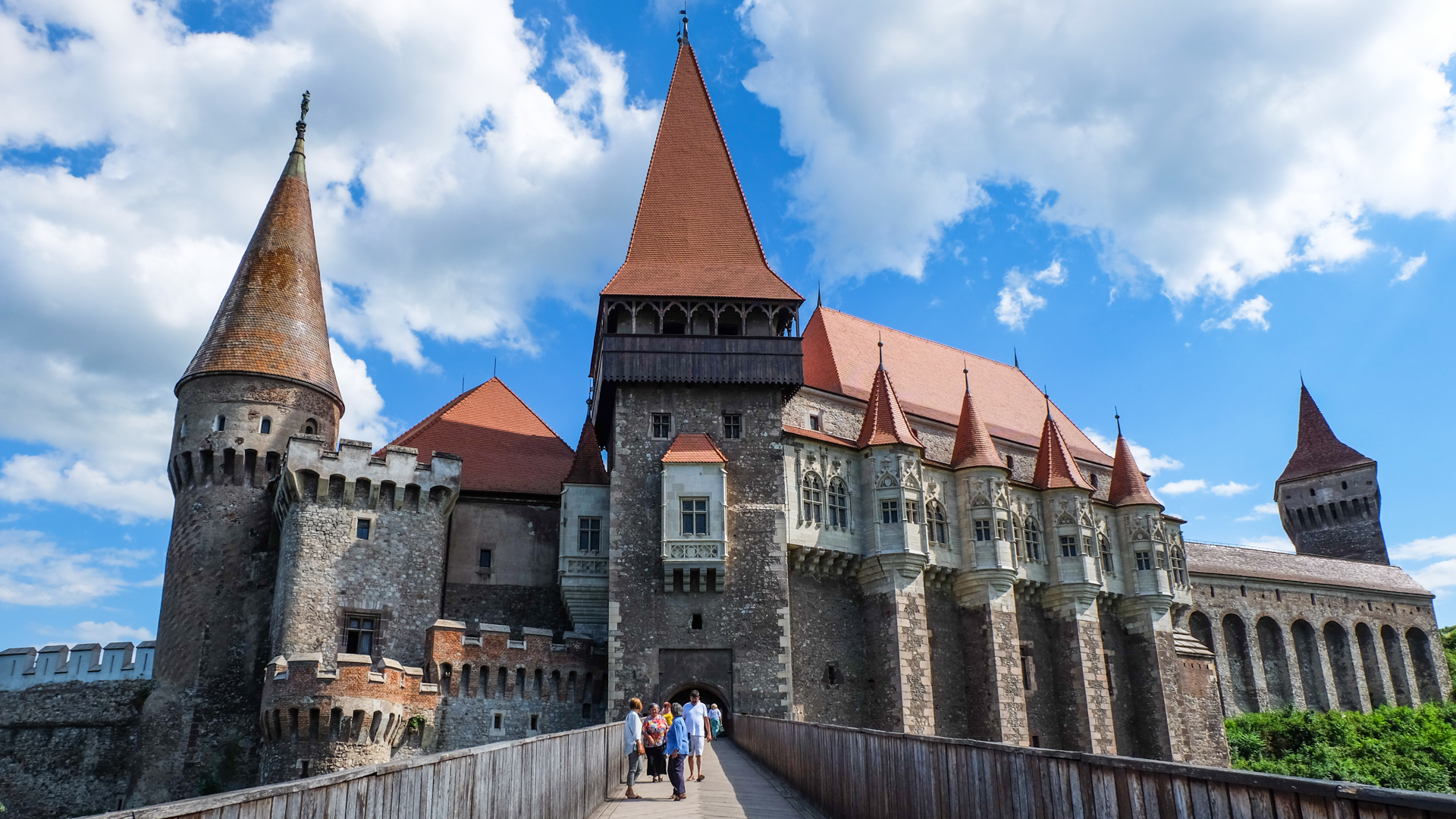


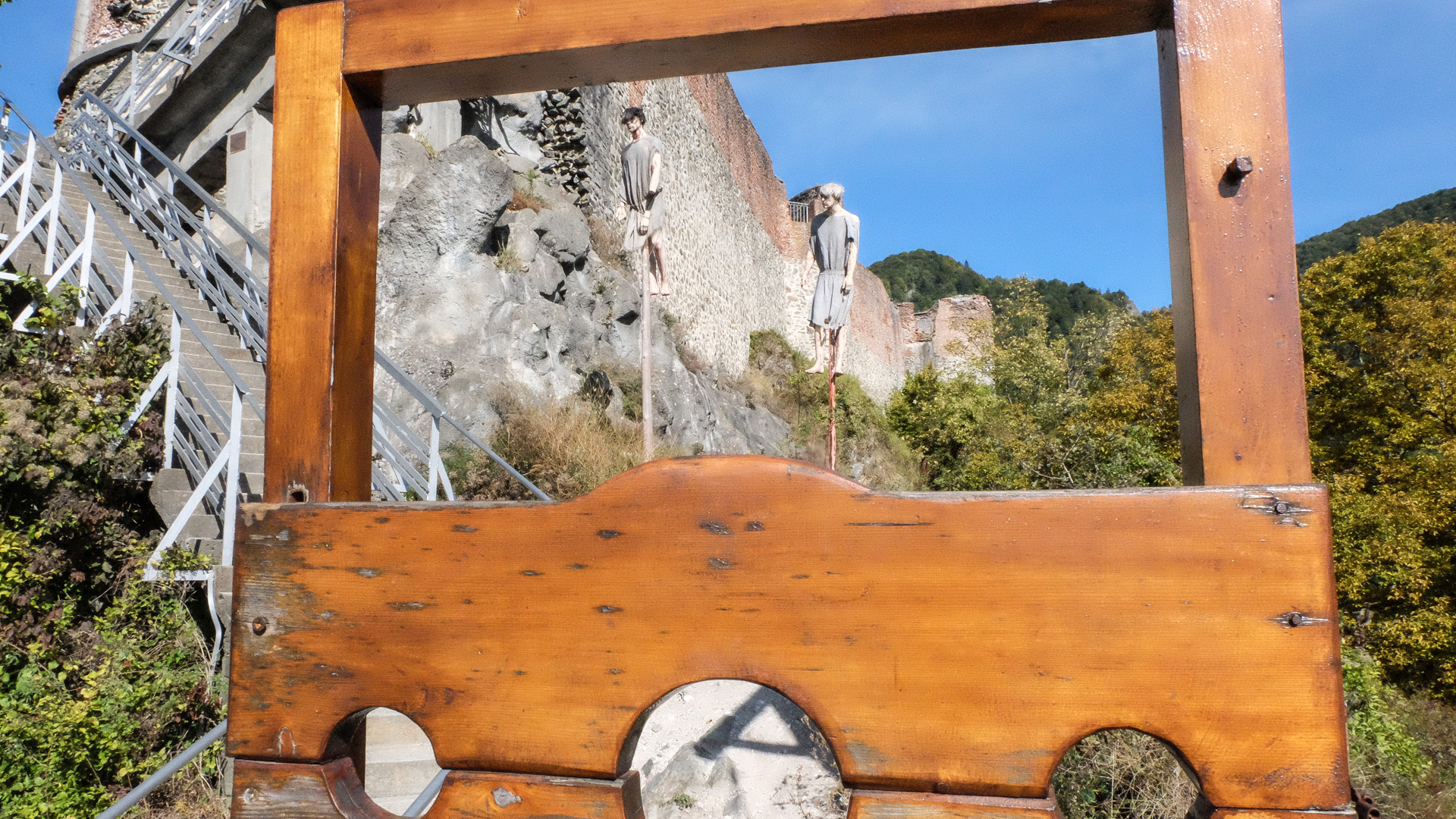
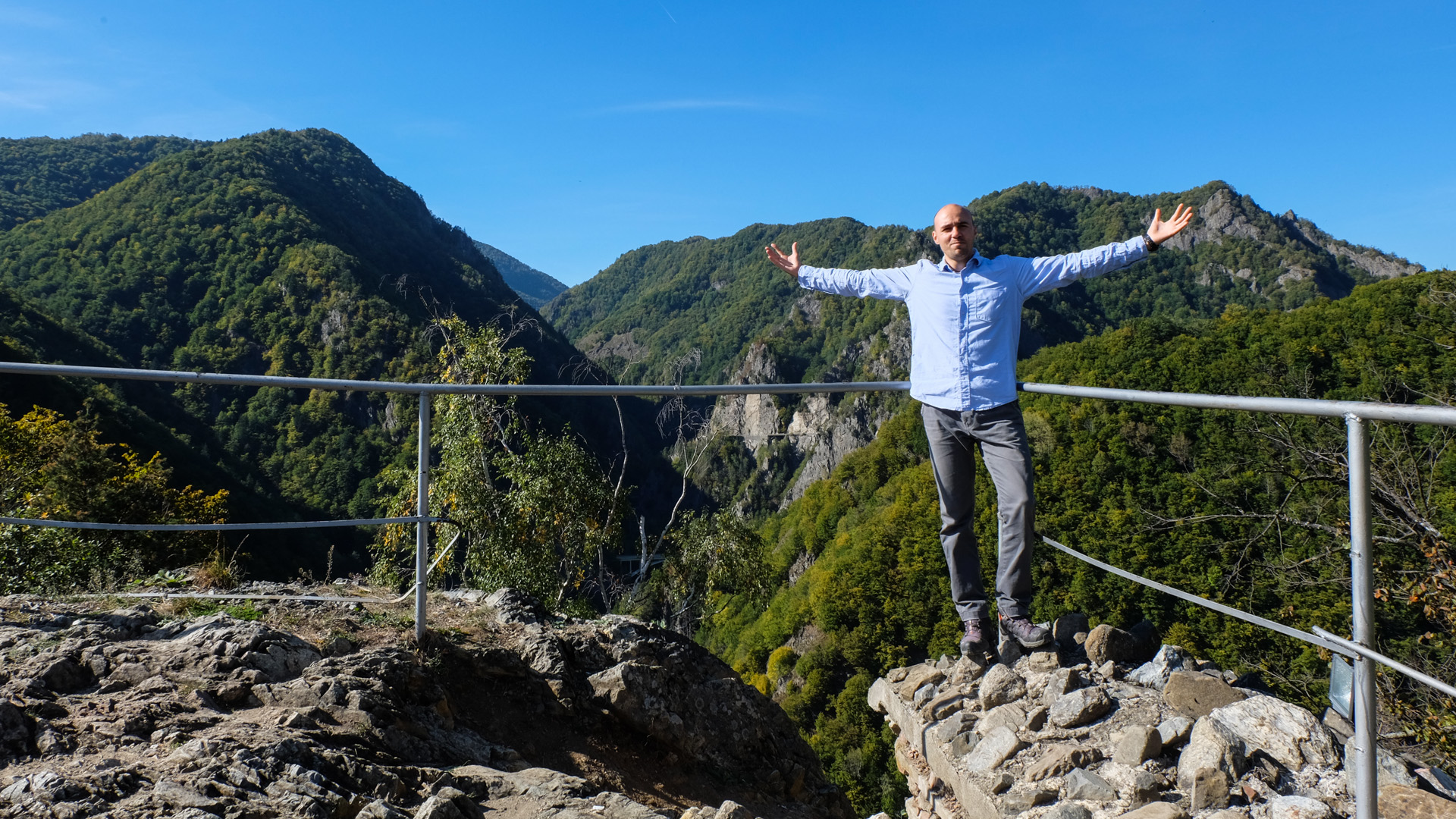
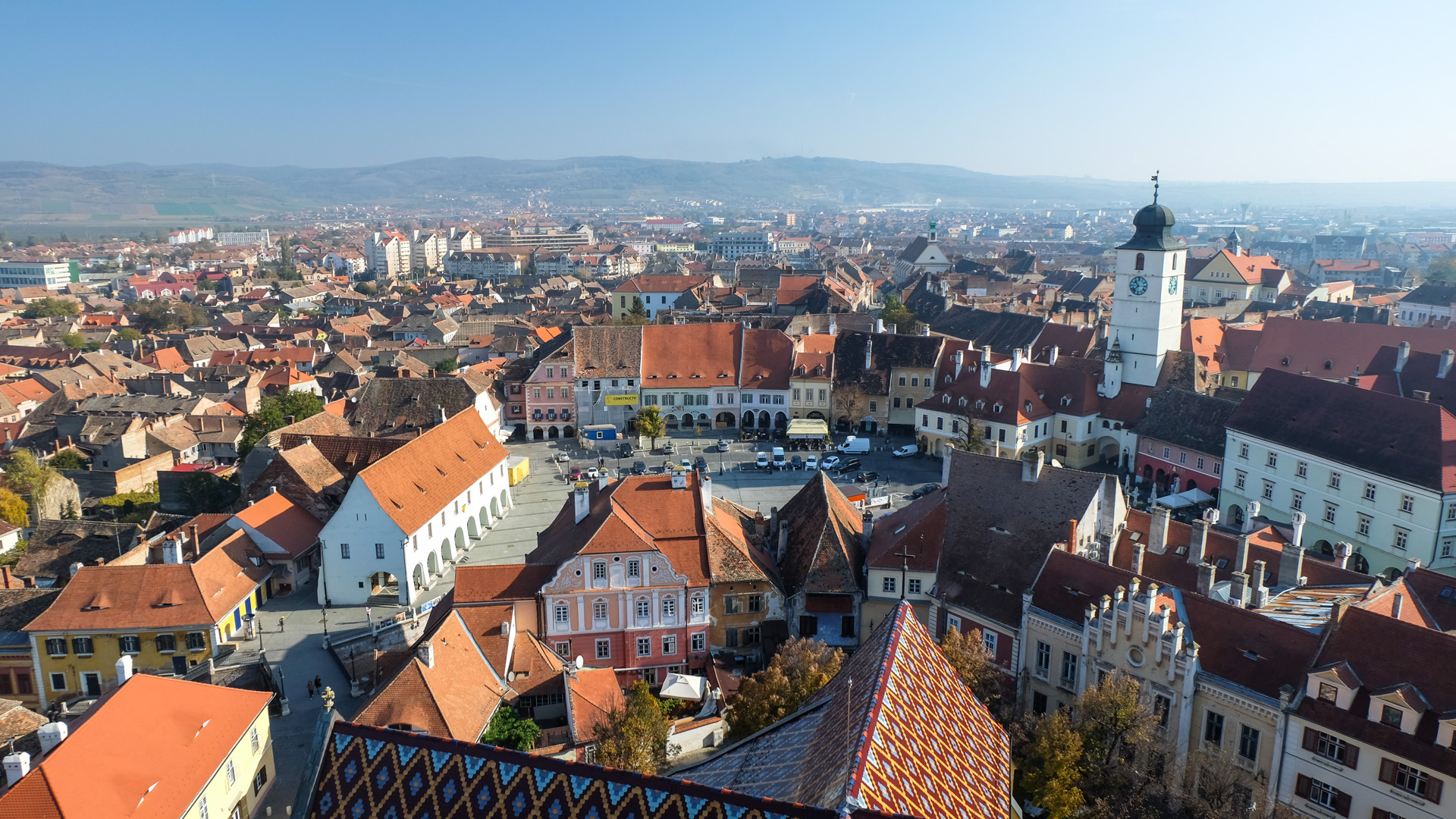
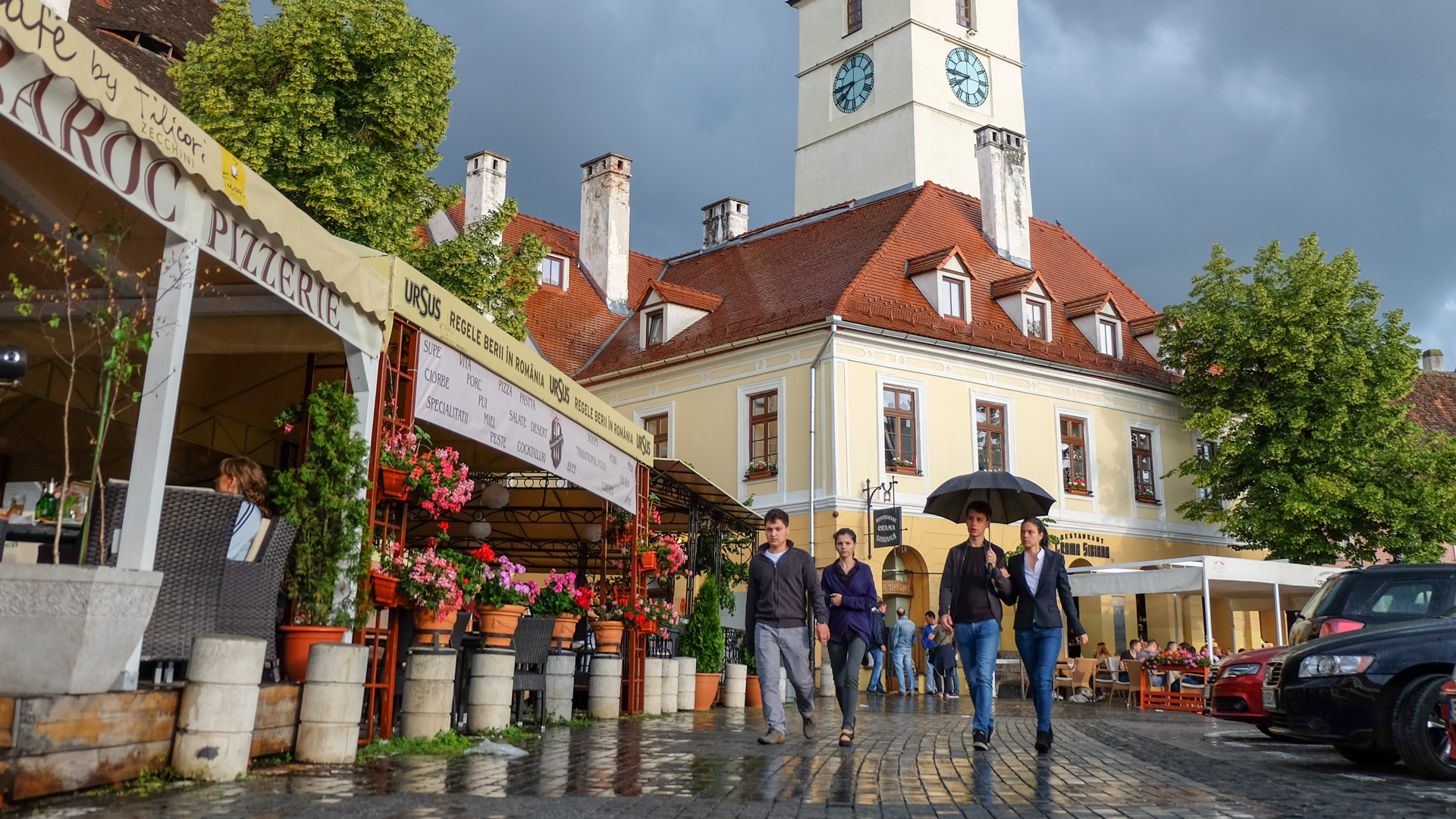
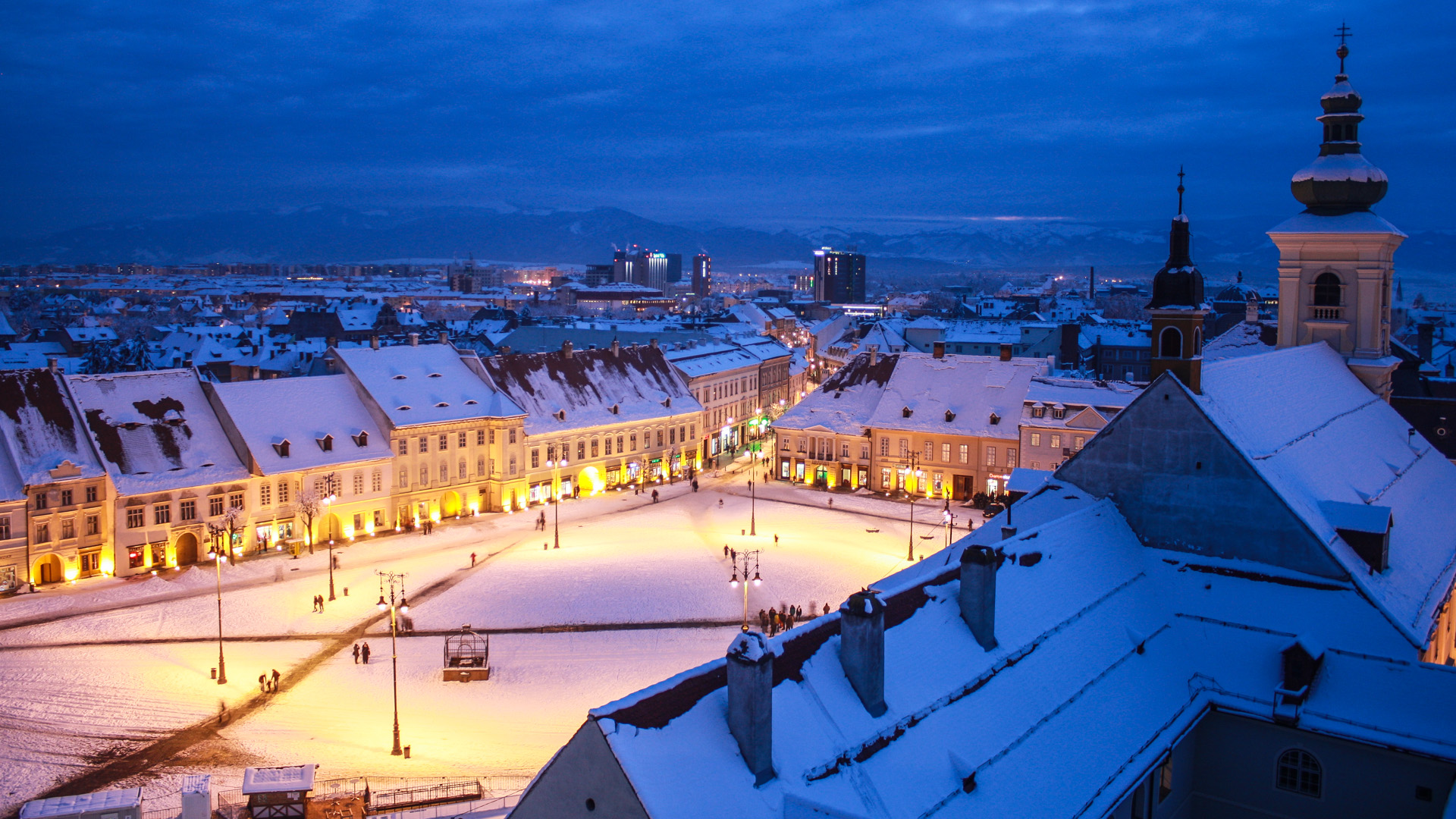
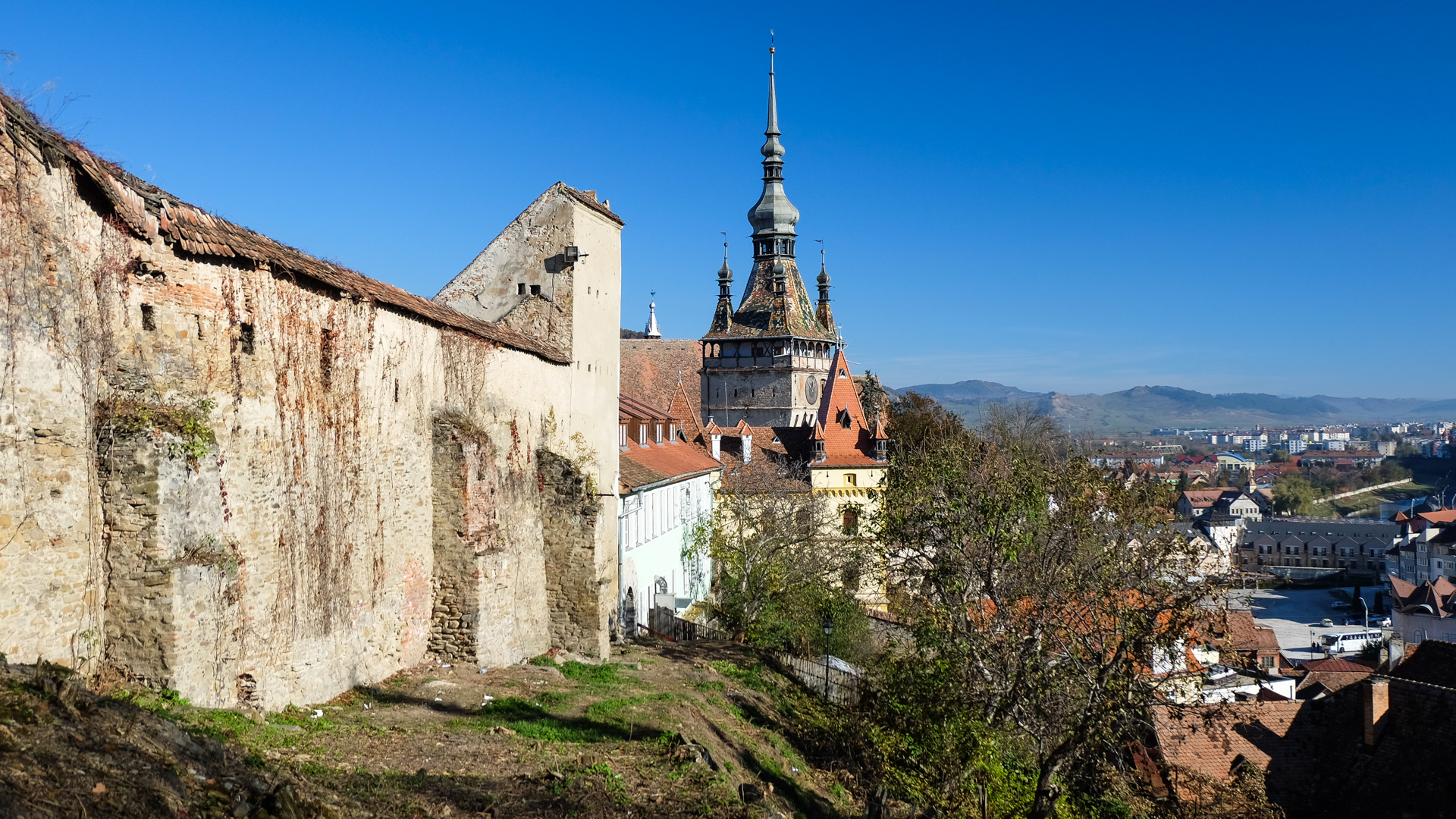
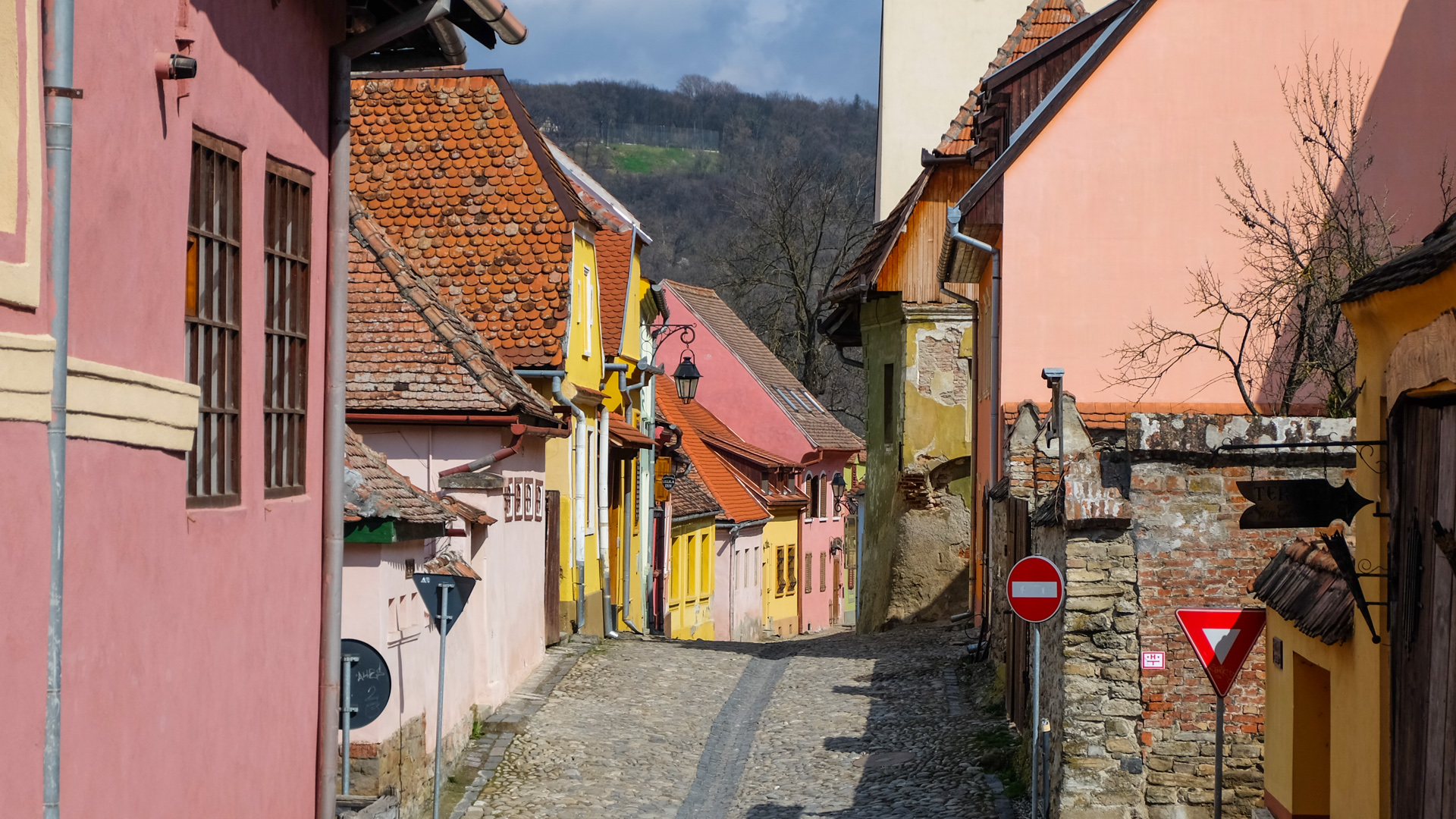
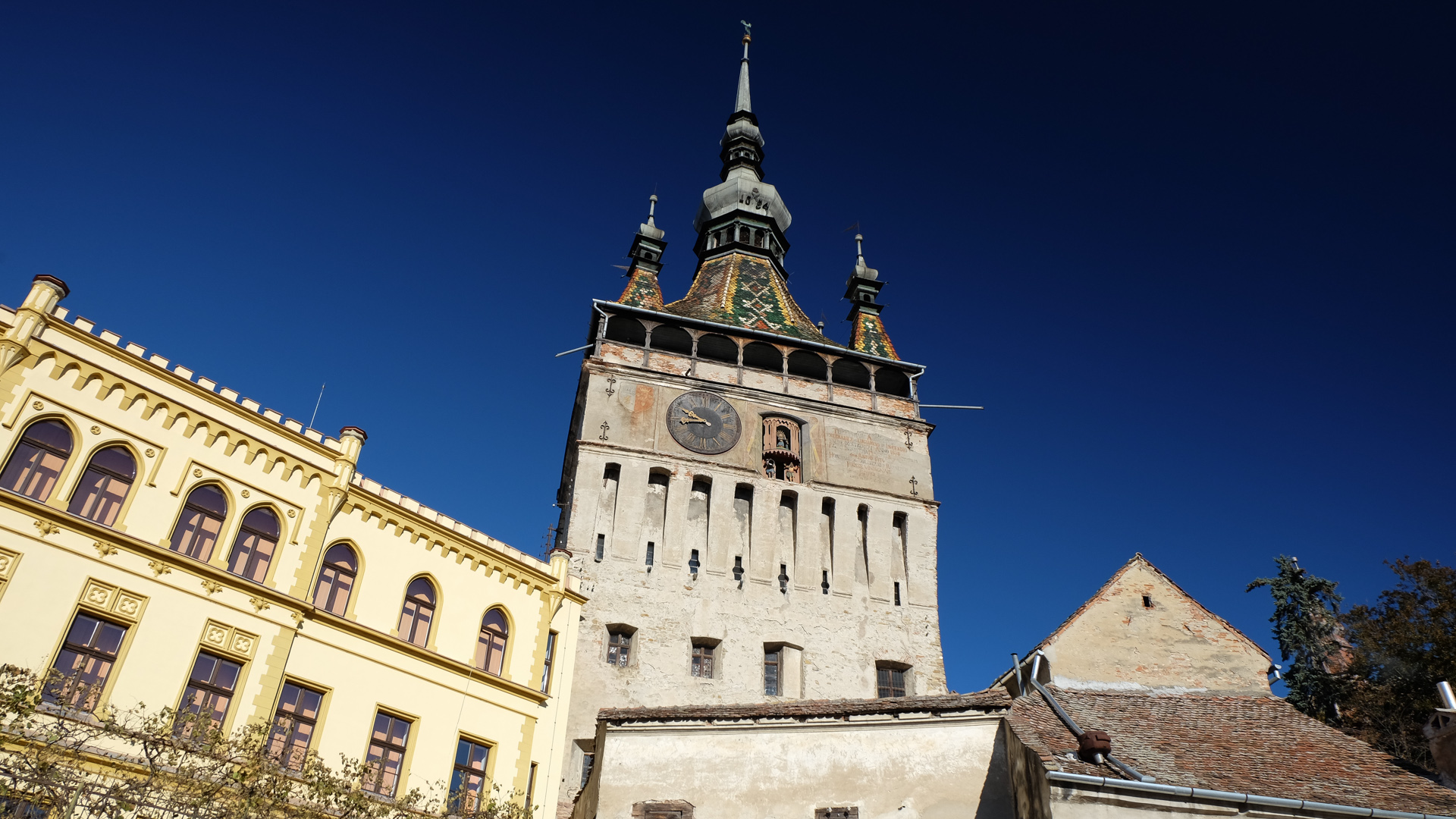
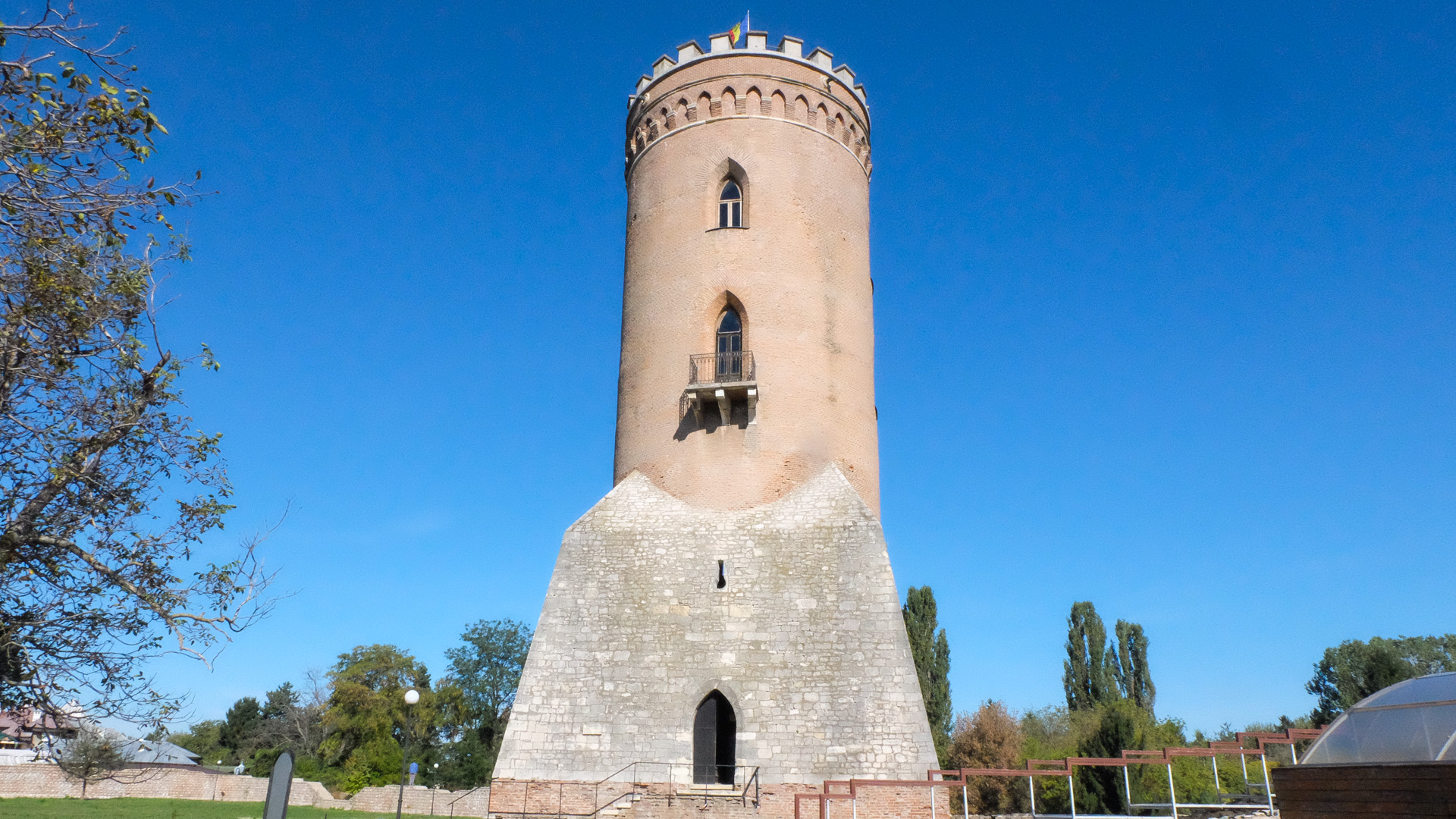

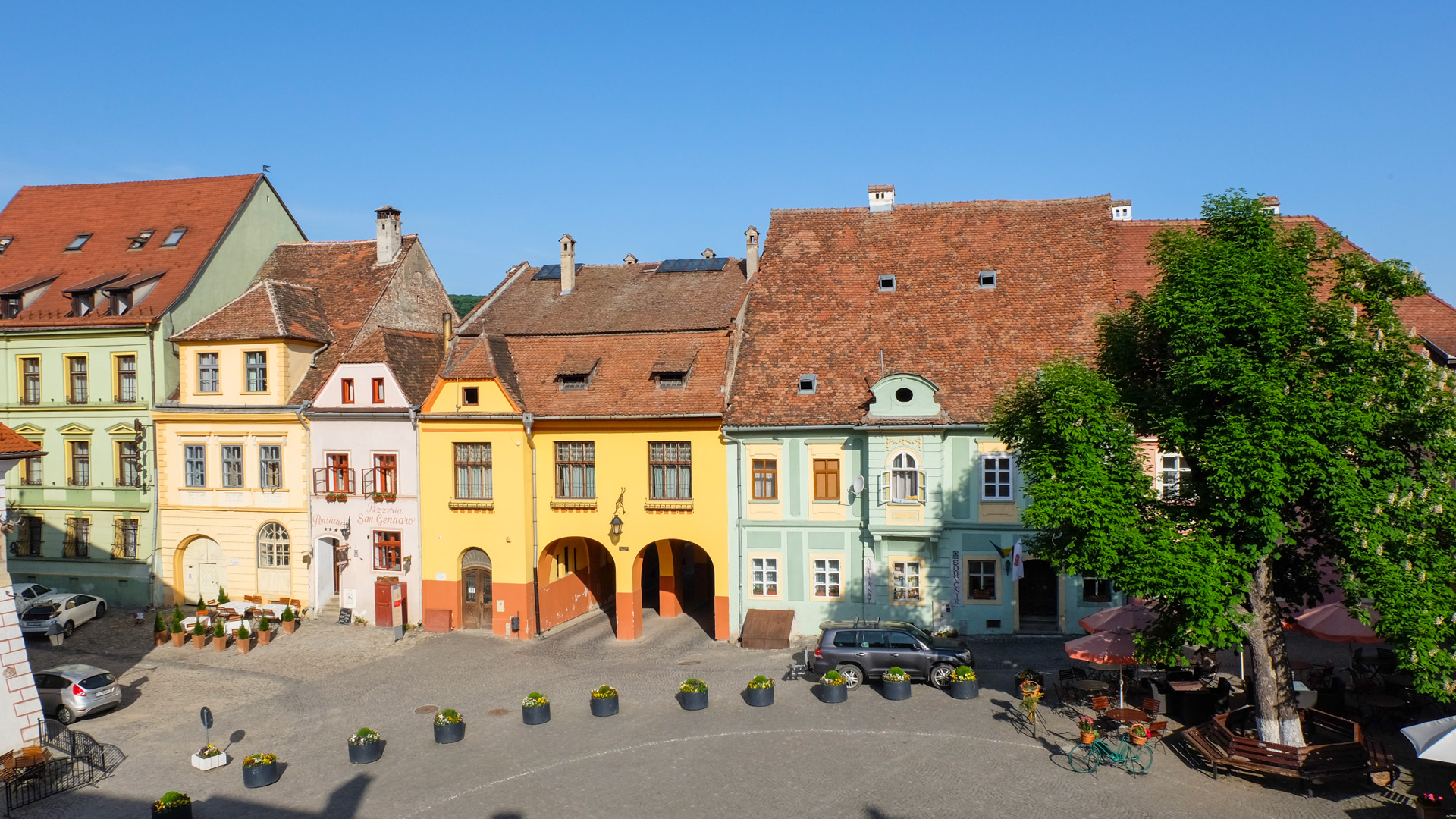
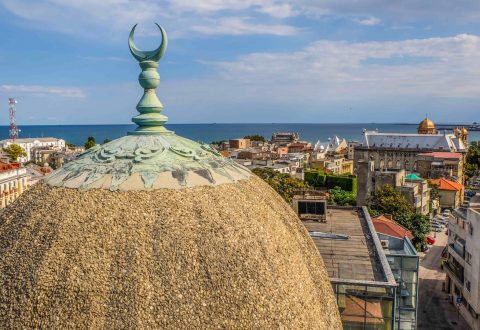
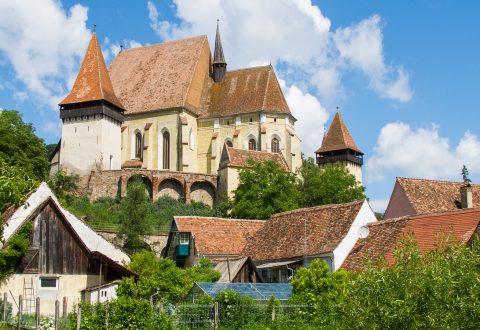
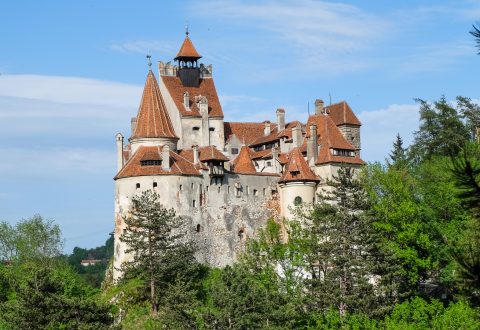




Reviews
There are no reviews yet.